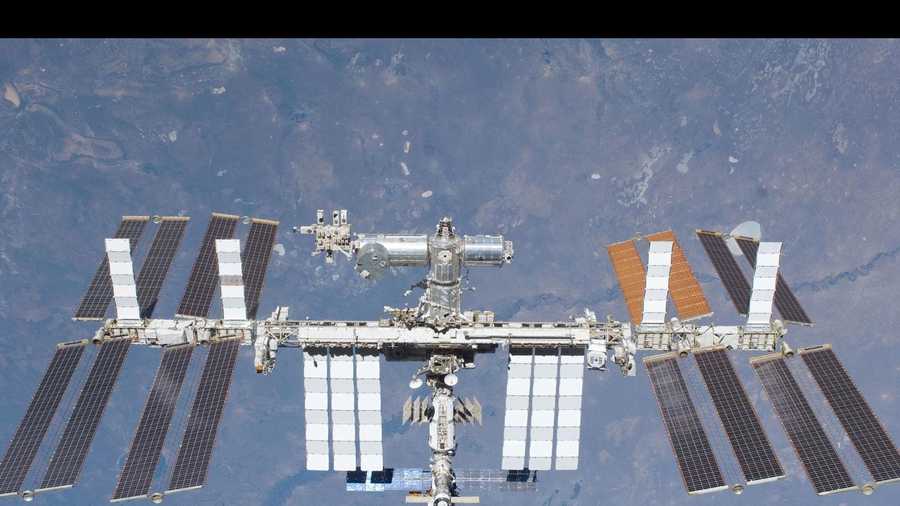NASA begins new mission of Earth science abroad International Space Station
ISS-RapidScat will study ocean winds to help predict global hurricane development
NASA is embarking on a new mission to utilize the International Space Station as a science platform for studying the Earth.
The $150 billion ISS gives scientists and engineers a unique vantage point to use Earth-observing instruments to collect data.
NASA currently plans to mount six Earth science instruments to the ISS by the end of this decade.
"We're seeing the space station come into its own as an Earth-observing platform," said Julie Robinson, chief scientist for the International Space Station Program in a statement. "It has a different orbit than other Earth-observing satellites. It's closer to Earth, and it sees Earth at different times of day with a different schedule."
Astronauts working aboard the ISS have observed and photographed several phenomena that typical orbiting satellites were unable to get. One example is detailed images of a massive ash plume from the fresh eruption of the Pavlof Volcano in May 2013.
The first instrument used for this new decade of discovery is ISS-RapidScat, which was launched on Sept. 20 from the Cape Canaveral Air Force Station by Space Exploration Technologies.
ISS-RapidScat will monitor the changes in direction and velocity of ocean winds, which will directly impact the accuracy of hurricane predictions around the world, officials said.
Also see: Mother Nature giving no break to rain-weary residents
The next Earth science instrument to launch to the ISS in December will be the Cloud-Aerosol Transport System. It will monitor airborne particles such as pollution, mineral dust, and smoke with a laser radar.
"With the space station we don't have to build a whole new spacecraft to gather new data -- it's already there,” said Stephen Volz, associate director of flight programs in the Earth Science Division at NASA Headquarters. “Designing instruments for the space station also gives us a chance to do high-risk, high-return instruments in a relatively economical way."


